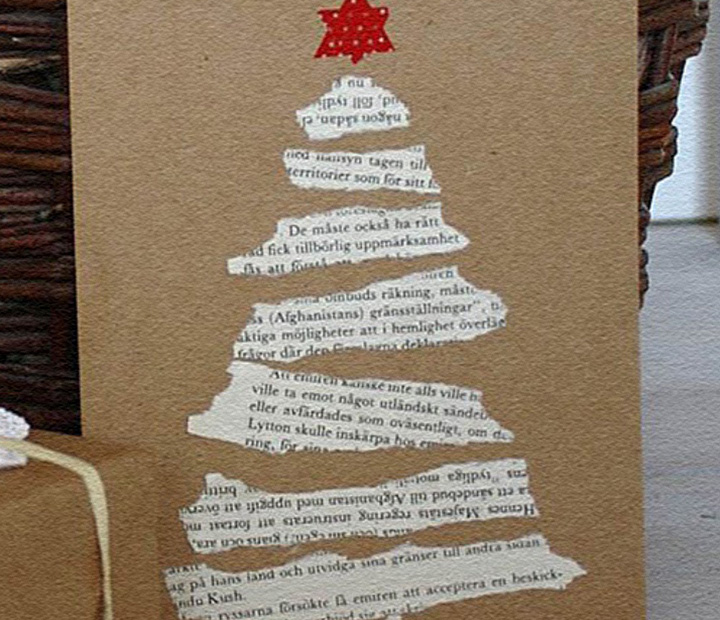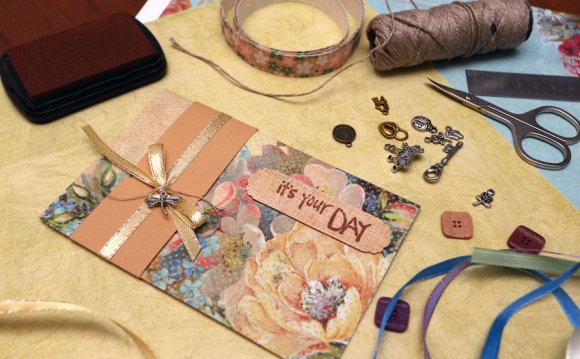
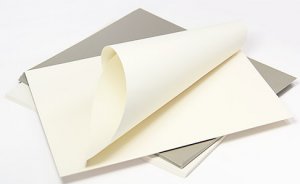
Weight of Paper Explained - Need Help Understanding Paper Weight?
You know paper comes in a huge variety of weights; you know there are all kinds of terms and numbers to describe these weights; but if you are like many, you may not know what all these terms and numbers mean.
If you aren't familiar with paper weight, or aren't sure which weight is appropriate for your project, don't worry; you aren't alone! This is why we created this quick guide to paper weight basics. It's all you need to know about paper weight and selecting the right weight for your project - think of it as Paper Weight 101.
How is Paper Weight Defined? (A Quick Lesson)
You may have noticed that our specialty papers are split up into four categories:
- Light Weight - Up to 169 gsm
- Medium Weight - 170-216 gsm
- Heavy Weight - 217-284 gsm
- Extra Heavy Weight - 285 gsm & Up
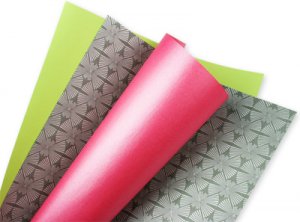 To understand the weight ranges that fall within each category, you must first understand how weight is defined.
To understand the weight ranges that fall within each category, you must first understand how weight is defined.
Within these four categories, papers are split up into two main scales - text weight and cover weight.
- Text Weight Sheets: Thin, flexible sheets similar to ordinary office paper, or the pages of a book
- Cover Weight Sheets: Thicker, sturdier sheets, commonly referred to as card stock
So how does it work? Within each scale, the weight of the paper is indicated by a number, for example, 80 lb cover, or 80 lb text. The higher the number, the heavier, and usually thicker, the paper.
It is important to note that text and cover weight scales are completely separate, unrelated scales. For example, an 80 pound text weight sheet is much lighter and thinner than an 80 pound cover weight sheet, even though they are both 80 lb sheets.
If you are interested in learning more about how paper weight is defined, please view the following video.
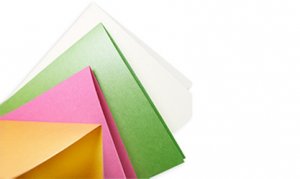 Got the basics down? Great! Here's what you'll find in each of the four weight categories.
Got the basics down? Great! Here's what you'll find in each of the four weight categories.
1. Light Weight Paper (Up to 169 gsm)-Like Ordinary Paper, Only a Little Heavier & a Lot Prettier.
This category includes text weight papers, as well as light weight translucent and decorative sheets. The weight range of papers in this category is most comparable to copy paper.
Light weight specialty papers:
- Can be folded without scoring
- Are easy to roll or otherwise manipulate
- Run through most home printers*
Common uses for these papers include letterhead, resumes, and insert sheets. Patterned papers within this category are commonly used for decorative purposes.
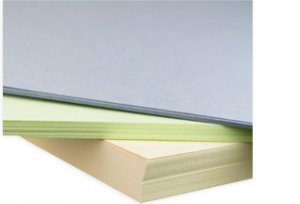 Note*: Though Light Weight Specialty Papers are acceptable for most home printers based on weight alone, not all papers are suitable for all home printers due to a variety of finishes & textures. We recommend ordering samples to test print prior to purchase.
Note*: Though Light Weight Specialty Papers are acceptable for most home printers based on weight alone, not all papers are suitable for all home printers due to a variety of finishes & textures. We recommend ordering samples to test print prior to purchase.
2. Medium Weight Paper (170-216 gsm)-Like Your Average Greeting Card.
Medium weight papers are a collection of our lighter weight cover stock sheets, or card stocks. Papers range from 65-80 pound (170-216gsm) cover, and are similar to a standard greeting card.
These card stock sheets:
Papers in the medium weight category make great folded greeting cards, economical invitations, and program covers.
Note*: Ordering samples & test printing prior to purchase is always recommended.
3. Heavy Weight Paper (217-284 gsm) - Like a . . . Thick Greeting Card.
This category consists of heavy weight card stocks that are considerably thicker than those in the medium weight category. Though they do not compare to any every-day item, they are best described as being a bit heavier than a greeting card, but not quite as heavy as a cereal box.
These heavy weight card stock papers:
- Must be scored before folding
- Are not suitable for most home printers; test printing is a must
As with the medium weight sheets, heavy weight sheets are great for a variety of projects including business cards, invitation cards, program covers, promotional pieces, and more.
4. Extra Heavy Weight Paper (285 gsm and Up) - Pretty Much a Cereal Box.
Finally, the Extra Heavy Weight category includes card stocks that are 111 pound and up; a weight comparable to a cereal box, though not quite as rigid. Again, test printing on these very heavy sheets is a must, as is scoring before folding.
RELATED VIDEO




 A Ream of paper is a quantity of sheets. Formerly it was 480 sheets, 20 quire, for common sizes such as letter-size paper (8-1/2" x 11"). A printer's ream was 516 sheets, perhaps to allow for wastage. As part of international standardization, this quantity was...
A Ream of paper is a quantity of sheets. Formerly it was 480 sheets, 20 quire, for common sizes such as letter-size paper (8-1/2" x 11"). A printer's ream was 516 sheets, perhaps to allow for wastage. As part of international standardization, this quantity was...

